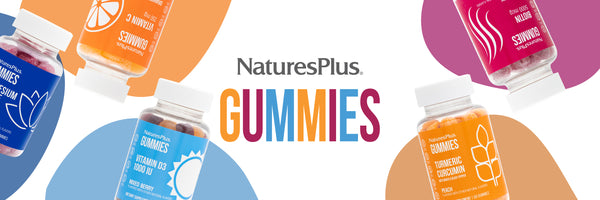Everyone wants to get out and move as warmer weather moves in. And everyone should; sunlight helps our bodies create vitamin D, essential for a strong immune system, healthy bones and much more.*These statements have not been evaluated by the Food and Drug Administration. This product is not intended to diagnose, treat, cure or prevent any disease.
But there can be too much of a good thing: Over-exposure to the sun causes most of the skin problems we associate with looking older.
The idea is to balance health and safety whenever you’re outside.
Types of Solar Rays
Most of the sunlight that reaches the Earth’s (and your skin’s) surface consists of two types of ultraviolet light, UVA and UVB.
Although UVA is the weaker variety it is far more prevalent, making up 95% of the sunlight we receive. Its intensity doesn’t diminish during the winter months, and it can penetrate clouds and glass.
UVA is the dominant tanning ray, and excessive tanning can be tough on skin.
In contrast, UVB is the chief cause of skin reddening and sunburn. It is most intense between 10 a.m. and 4 p.m. from April to October in the US. However, UVB can be problematic year-round, especially at high altitudes and on reflective surfaces such as snow or ice.
To cut down on excessive sun exposure, dermatologists endorse staying inside between 10:00 a.m. and 2:00 p.m.
It’s unrealistic to avoid the sun entirely because of what is called incidental exposure—think driving a car, walking a dog or sitting beside a sunny window.
Being Smart About Sun Exposure
What’s more, summer is a time of outdoor fun, although some people throw precaution to the wind.
“I don’t want anybody worshipping the sun,” says Mary Field of the Institute of European and Natural Skin Care in Gig Harbor, Washington.
“It’s healthy to be in the great outdoors, but there’s a big difference between enjoying the outdoors and parking it on the beach; you still need to protect yourself.”
The idea is to get between 15 and 30 minutes of sun exposure every day for optimal vitamin D production. After that, though, you should protect your skin through the use of a well-formulated sunscreen, preferably one based on minerals such as titanium dioxide and zinc oxide.
Look for a broad-spectrum sunscreen, which protects against both UVA and UVB, with a skin protection factor (SPF) of 30 or higher. Reapply at least every two hours, more often if you’re in the water.
Of course, it doesn’t matter how good your sunscreen is if you don’t apply it properly.
“Most people don’t use enough sunscreen,” says dermatologist Janet Lin, MD. “If you only apply a thin layer, your protection won’t reach the SPF factor claimed on the label.
The best procedure is to layer: Apply one good coating from head to toe and then put on another layer—even before the first is dry.” (Don’t forget an SPF-rated lip balm as well.)
If you spend significant time outdoors, consider purchasing UVA/UVB protective clothing; hats, shirts and pants are available with up to SPF 60 protection. And always wear sunglasses, preferably the wraparound kind, to protect not only your eyes but also the delicate skin around them.
Like this article? You’ll love our weekly newsletter
sign up here!
**These statements have not been evaluated by the Food and Drug Administration. This product is not intended to diagnose, treat, cure or prevent any disease.













































































